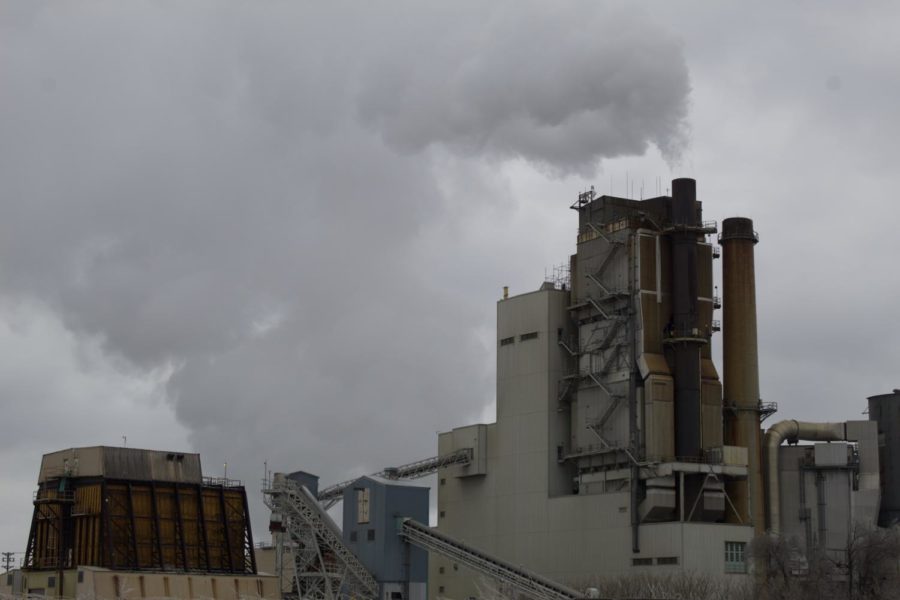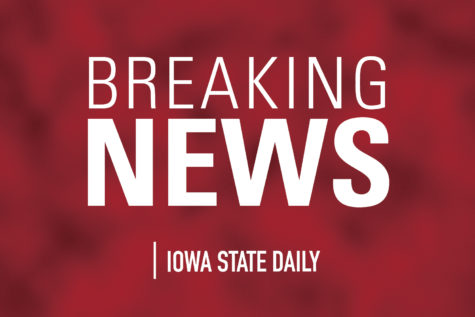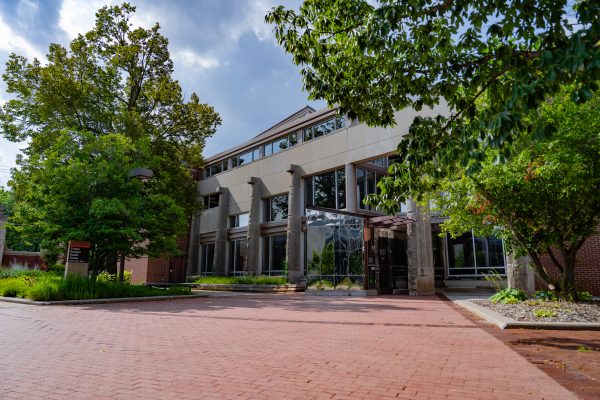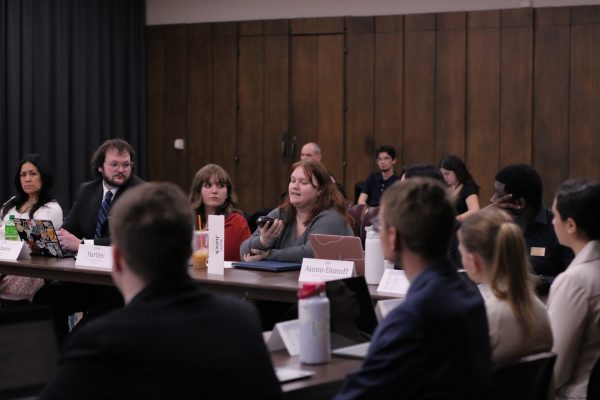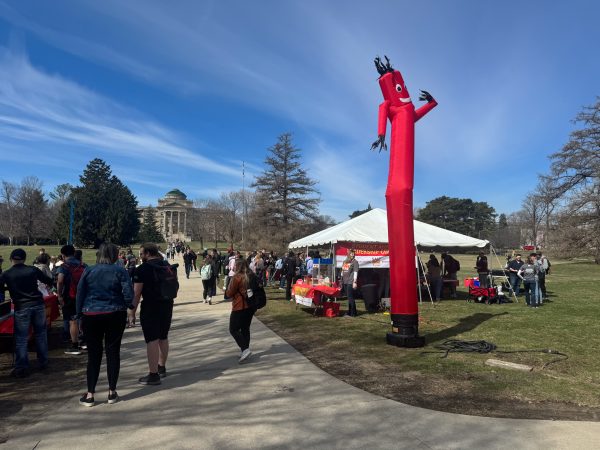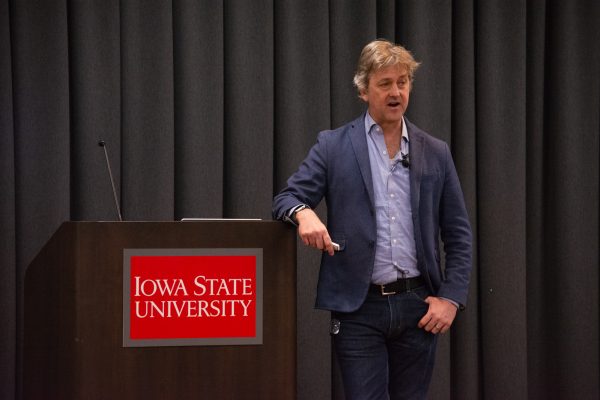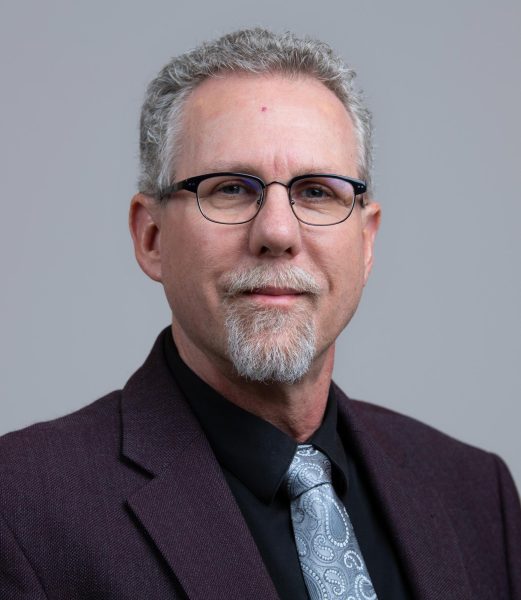Iowa Waste Exchange leads by example in materials exchange process
Burnable waste is collected at the Resource Recovery Plant, and is piped to the Ames Power Plant underground to be burned with natural gas for electricity.
Keeping waste out of landfills and repurposing the byproducts and waste produced by Iowan businesses and institutions, the Iowa Waste Exchange (IWE) is making a difference among the nation’s materials exchange programs.
The IWE has diverted 4.3 million tons of waste, serving over 70 thousand clients since its establishment in 1990.
The program has contributed to savings of over $125 million in avoided disposal costs, avoided purchases, reduced transportation costs and freed storage space by reducing, reusing, recycling and renewing materials.
Shelly Codner, IWE program coordinator and area resource specialist for the Department of Natural Resources, said when the program began, its popularity resulted in such a volume of landfill tonnage that the Iowa State legislature decided to make the program a permanent program.
“The Iowa Waste Exchange is a free, confidential and non-regulatory program,” Codner said. “Our primary mission is to reduce waste going to the landfill, and we use the waste management hierarchy to do that, which includes waste reduction in recycling, but most importantly is to reduce our footprint from the get-go.”
Codner said she has worked with many students at Iowa State who’ve gone on to do great things environmentally.
Codner said individuals can contribute to the efforts of the IWE by reducing their waste footprint. She said individuals should try to reduce what they’re buying, consider packaging during food preparation, and put more consideration into their consumer activities.
“Following the waste management hierarchy, which is the criteria that we follow, we all personally need to reduce our environmental footprint and the best way to do that is to not create […] waste in the first place,” Codner said.
Merry Rankin, director of sustainability at Iowa State, said because the program uses federal and state funding at the university, a specific system is followed to eliminate waste.
“We put these items up for sale, all of our unneeded items which go to ISU surplus, and ISU surplus then offers these items for inner department sales and so other departments may find use for these items,” Rankin said. “That certainly considers the economic sustainability aspect and departments not having to buy new items and considers environmental sustainability of us being able to reuse those items.”
Rankin said the goal of this resale process– online and in-person sales– is being able to get the most value and the most use out of those items as possible.
“When they find that they do not have any sales opportunities or viability, that is when the items are considered to have no value and that is the time at which you look at recycling, what can be recycled, or before we make connections with the Iowa Waste Exchange,” Rankin said.
Rankin said the other option for this waste removal is for the materials to go into a landfill if there are no recycling options.
“Being able to have this additional level of connection through when we’re not able to sell items; being able to find through the Iowa waste exchange donation opportunities, getting these items into organizations and initiatives where they can be beneficial is absolutely a win-win from our standpoint and our sustainability goals,” Rankin said.
Rankin said the process is about keeping items out of the landfill, not having the additional expense of putting items in landfills, managing the transportation of those items that otherwise would be landfilled and overarchingly having this important role in supporting the community.
“The environmental impact, social impact, the communities and initiatives Shelly has been able to connect to, as well as the, you know, environmental component, it’s just been, you know, a win-win-win consideration for sustainability and for really the goals that we have at Iowa State related to a sustainable future,” Rankin said.
Nate Steffes, the founder of Greater Renewables of Iowa and an Iowa State alum, said he was introduced to Codner and began working with IWE when he was a freshman.
“That was kind of an ongoing list of companies that have a waste stream and that’s actually how I got hooked up with USDA [United States Department of Agriculture] through the Iowa waste exchange and then, you know, I looked at other opportunities with wind turbine blades in western Iowa,” Steffes said.
When Steffes was a student, he said he began working with his father, who owned a pallets repair company. Steffes said he would take old pallets from the coal plant, bringing 20 to 30 home at a time to earn money.
“That kind of grew a little bit more and then USDA has a facility and every month, they get between two and three hundred pallets and I would set a semi-trailer there and fill that up and then sell those,” Steffes said.
Steffes said he thinks item exchange, repurposing and recycling are important, adding that many companies have waste streams but lack the knowledge of where to place the materials.
“[For example] they might have a surplus of pallets, and they don’t know they [palettes] can be recycled, so they might just be putting them in a dumpster landfill,” Steffes said.
Rankin said Codner often attends sustainability events and make-and-take workshops, representing the IWE, allowing students, faculty and staff to look at used clothing and items in a new light.
“I do have multiple events that I call make-and-take workshops, or working exhibits, where materials that I’ve collected through the waste exchange that are too good to waste […] I reuse for craft initiatives,” Codner said.
Codner said she takes materials that she has collected and sets up crafts for children to “make and take.” She said about 400 to 500 kids come through to make and take the craft items.
“I also do an event at the Iowa State Fair that’s called Reusapalooza because we love Palooza us we usually have three or four craft projects that folks can participate in,” Codner said.
Rankin said an earth month calendar of events will be launched Friday, which covers the depth of sustainability opportunities during the entire month of April.
“Economic, environmental and social [events are on the calendar], and so we put that up there so everyone can find a unique connection that’s relevant to them related to sustainability and have that ability to make a difference in a number of different ways,” Rankin said.
IWE will be contributing to an Earth Day Celebration from 10 a.m. to 2 p.m. on April 18 on the south library lawn. The event will feature Insomnia cookies, make-and-take activities and the opportunity to earn sustainably-minded, greener-living prizes.
Your donation will support the student journalists of the Iowa State Daily. Your contribution will allow us to purchase equipment, send our student journalists to conferences and off-set their cost of living so they can continue to do best-in-the-nation work at the Iowa State Daily.


